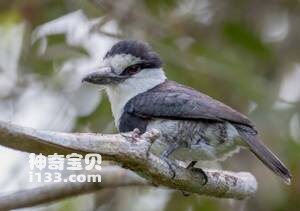
Notharchus hyperrhynchus
Notharchus hyperrhynchus,White-necked Puffbird
The species is known as Notharchus hyperrhynchus or White-necked Puffbird.Pr···
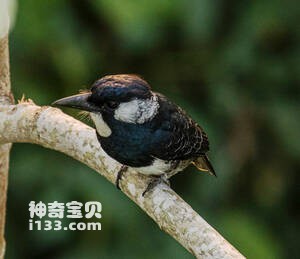
Notharchus pectoralis
Notharchus pectoralis,Black-breasted Puffbird
The species is known as Notharchus pectoralis or Black-breasted Puffbird. It···
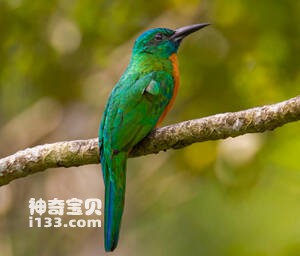
Jacamerops aureus
Jacamerops aureus,Great Jacamar
The species is known as Jacamerops aureus and Great Jacamar.Protect wild ani···
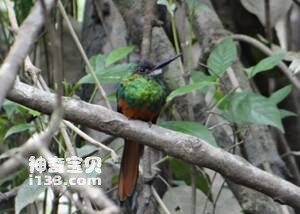
Galbula tombacea
Galbula tombacea,White-chinned Jacamar
The species is Galbula tombacea and White-chinned Jacamar.Protect wild anima···
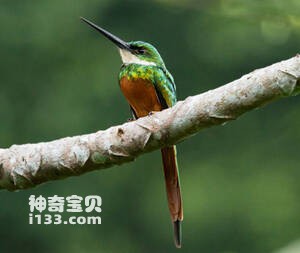
Galbula ruficauda
Galbula ruficauda,Rufous-tailed Jacamar
Galbula ruficauda, Rufous Jacamar, is a flycatcher with metallic feathers th···
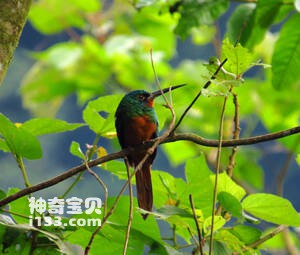
Galbula pastazae
Galbula pastazae,Coppery-chested Jacamar
The species is Galbula pastazae, Coppery-chested Jacamar, but its specific h···
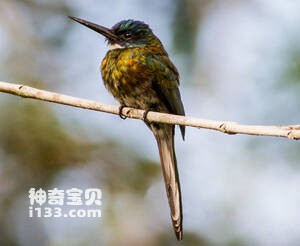
Galbula leucogastra
Galbula leucogastra,Bronzy Jacamar
The species is Galbula leucogastra, Bronzy Jacamar, and its specific habit i···
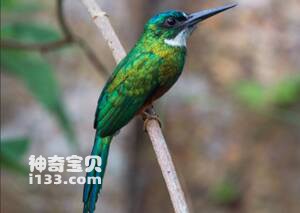
Galbula galbula
Galbula galbula,Green-tailed Jacamar
The species is known as Galbula galbula and Green-tailed Jacamar.Protect wil···
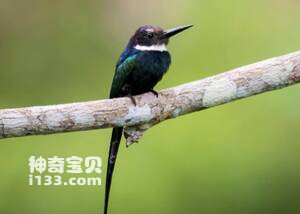
Galbula dea
Galbula dea,Paradise Jacamar
The species is known as Galbula dea and Paradise Jacamar。Protect wild anima···
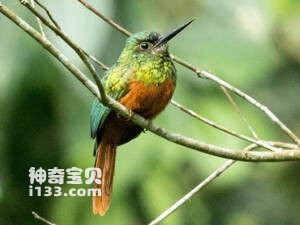
Galbula cyanescens
Galbula cyanescens,Bluish-fronted Jacamar
Galbula cyanescens and Bluish-fronted Jacamar are not known.Protect wild ani···
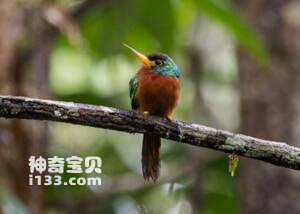
Galbula cyanicollis
Galbula cyanicollis,Blue-necked Jacamar
The species is known as Galbula cyanicollis and Blue-necked Jacamar.Protect ···
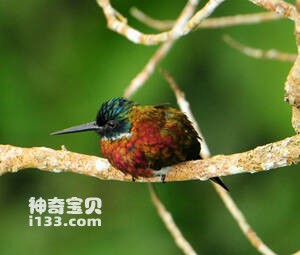
Galbula chalcothorax
Galbula chalcothorax,Purplish Jacamar
Galbula chalcothorax and Purplish Jacamar are unknown.Protect wild animals a···
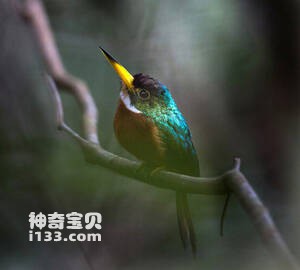
Galbula albirostris
Galbula albirostris,Yellow-billed Jacamar
The species is Galbula albirostris and Yellow-billed Jacamar.Protect wild an···

Jacamaralcyon tridactyla
Jacamaralcyon tridactyla,Three-toed Jacamar
The scientific name of the Three-toed bird is Jacamaralcyon tridactyla, and ···
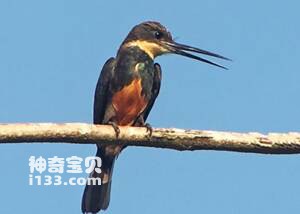
Brachygalba salmoni
Brachygalba salmoni,Dusky-backed Jacamar
The species is known as Brachygalba salmoni and Dusky-backed Jacamar.Protect···
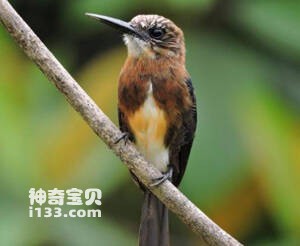
Brachygalba lugubris
Brachygalba lugubris,Brown Jacamar
The species is known as Brachygalba lugubris or Brown Jacamar, but its behav···
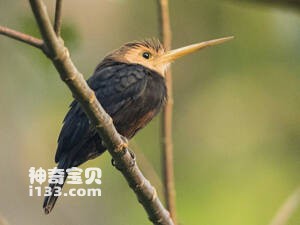
Brachygalba albogularis
Brachygalba albogularis,White-throated Jacamar
The species is known as Brachygalba albogularis or White-throated Jacamar.Pr···
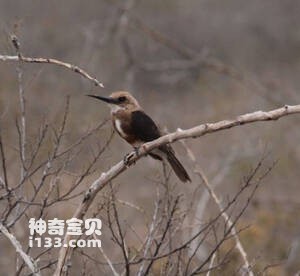
Brachygalba goeringi
Brachygalba goeringi,Pale-headed Jacamar
The species is known as Brachygalba goeringi or Pale-headed Jacamar.Protect ···
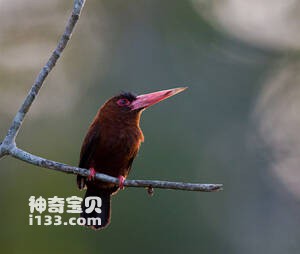
Galbalcyrhynchus purusianus
Galbalcyrhynchus purusianus,Purus Jacamar,Chestnut Jacamar
Galbalcyrhynchus purusianus (Purus Jacamar, Chestnut Jacamar) feeds on insec···
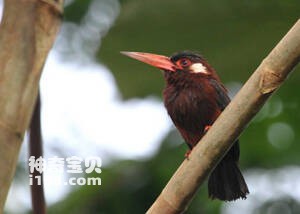
Galbalcyrhynchus leucotis
Galbalcyrhynchus leucotis,White-eared Jacamar
Galbalcyrhynchus leucotis (White-eared Jacamar) feeds on insects.Protect wil···
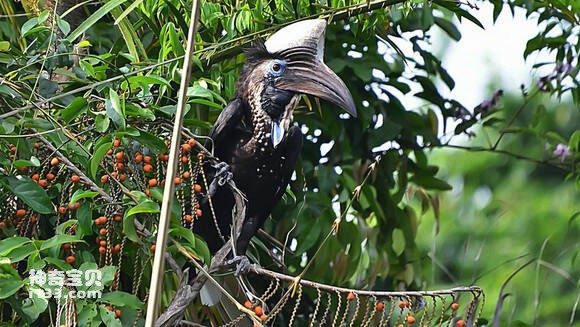
Ceratogymna elata
Ceratogymna elata,Yellow-casqued Hornbill,Yellow-casqued wattled hornbill
The scientific name Ceratogymna elata, foreign names Yellow-casqued Hornbill···
